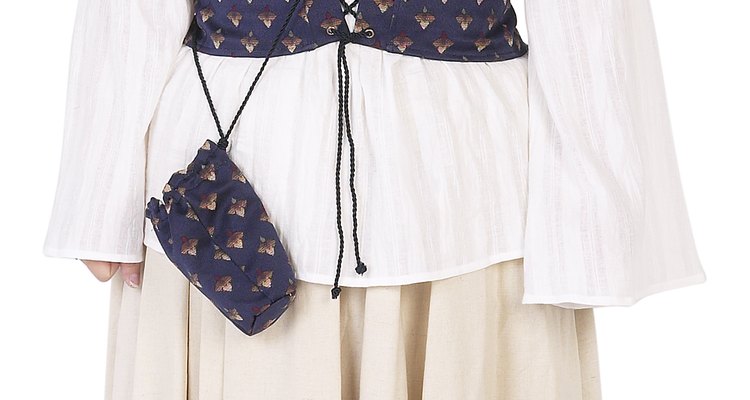
Hemera Technologies/PhotoObjects.net/Getty Images
When you're shopping for historical or fantasy attire, you'll find a variety of both bodices and corsets on sale at faires, online retailers and various shops. There are distinct differences between these two garments, often more in function rather than style. Choosing whether to buy a bodice, a corset or both depends upon the look you want and how important accuracy is for your event, party or performance.
History
Originally called "pairs of bodies," the first stiffened undergarments appeared after 1520. These were stiffened with buckram and shaped with whalebone, but served to create a cylindrical torso. While the shape changed, the boned and stiffened undergarment formed a fundamental part of women's wardrobes for centuries to come -- sometimes called bodices, bodies or stays. The word corset did not come into use until the 19th century. While "pairs of bodies," corsets and stays were undergarments, bodices were outer garments, worn with a skirt or as part of a dress. Bodices were typically not stiffened and were, usually, worn over stays or similar garments.
Shapes and Styles
While bodices and corsets have different functions, the shapes and styles are relatively similar during each period. Both bodices and corsets are close-fitting, most often closing with lacing in the front and back, or the back alone. Corset and bodice styles changed together, becoming longer or shorter, broader or narrower to accommodate the fashions of the day. Today, corsets are often Victorian-styled, creating a slim waistline and hourglass shape, while bodices are typically renaissance-inspired, emphasizing the waist and bust, but not providing any control or reduction in size.
Function of the Corset
While the bodice is simply clothing, the corset is a control garment. It reshapes the body according to the style of the time. In the Tudor period, corsets created a cylindrical silhouette, flattening and lifting the bust. Later, corsets created a small waistline. If you're wearing historical garments, the corset can take the place of a bra, providing support. Corsets are, in a historical or faire context, underwear and should be worn with a shift under, and a dress or bodice over the corset. In most cases, the corset is made of plain, basic fabric rather than a decorative fabric; however, working-class women sometimes wore a leather corset for support over other garments.
Wearing a Bodice
Bodices are typically made from attractive, decorative fabrics. While many will use relatively heavy fabrics, they are not usually heavily boned, and are not adequate to provide bust support or shape the body. Bodices can, for the most accurate look, be worn over a corset or worn over modern undergarments. Pair a bodice with a matching skirt and petticoats, wear one over a dress, or opt for a contrasting bodice and skirt.
Related Articles
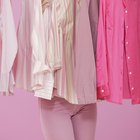
Different Kinds of Blouses

The Differences Between a Cape & a Cloak

The Best Formal Dress Style for Pear ...

What Do Chinese Women Wear?

How Do Corsets Work With Breast Forms?

Difference Between Hourglass Figure & ...
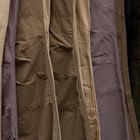
Dress Pants Vs. Khakis

Shawl Collar Vs. Lapel Tuxedo

Professional Dress for Plus-Size Women
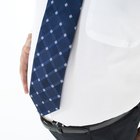
How Should Men With Big Stomachs Wear ...

What Is Draping in Fashion?

Types of Plaids
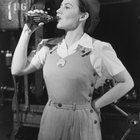
Women's Clothes in 1943

The History of Cargo Pants
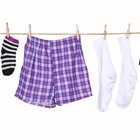
Difference Between Boxer Briefs & Trunks

The Advantages of Racerback Bras
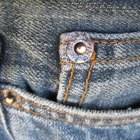
The Difference Between Loose & Relaxed ...

What Did Men Wear During the ...

How to Connect Corsets to Stockings
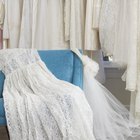
How to Convert Wedding Dresses Into ...
References
Writer Bio
With a master's degree in art history from the University of Missouri-Columbia, Michelle Powell-Smith has been writing professionally for more than a decade. An avid knitter and mother of four, she has written extensively on a wide variety of subjects, including education, test preparation, parenting, crafts and fashion.
Photo Credits
Hemera Technologies/PhotoObjects.net/Getty Images